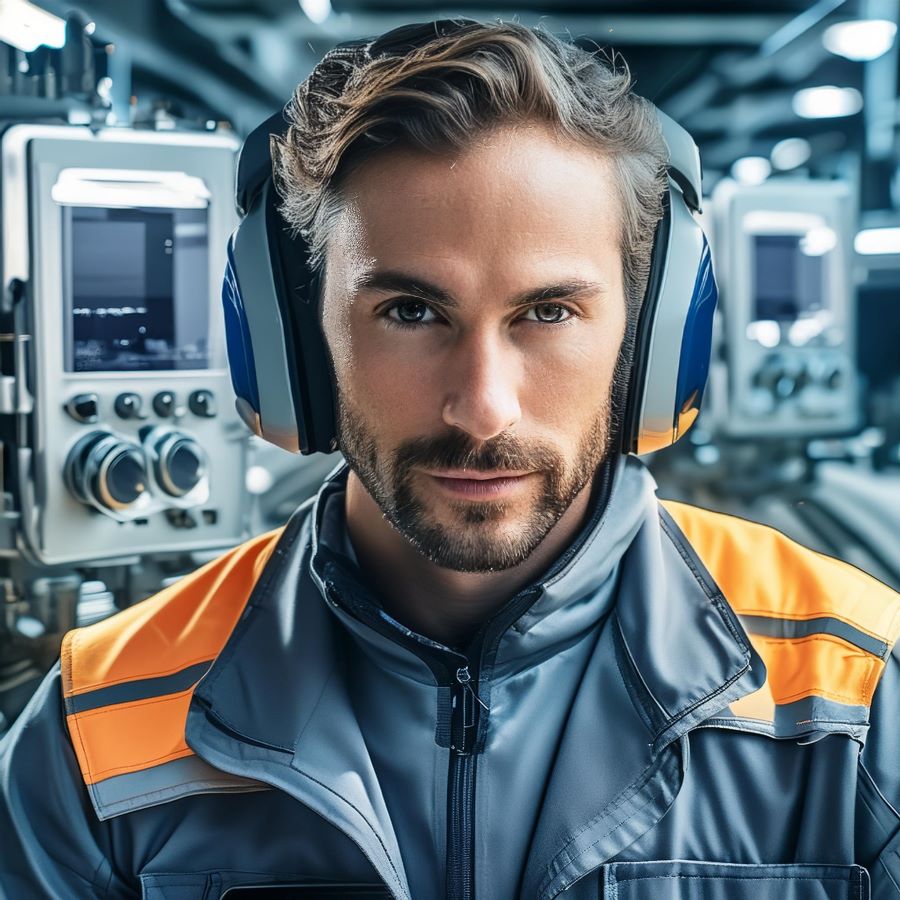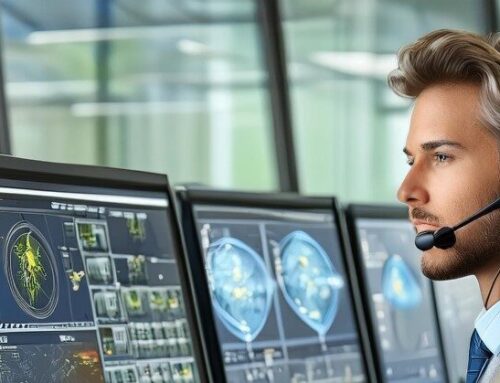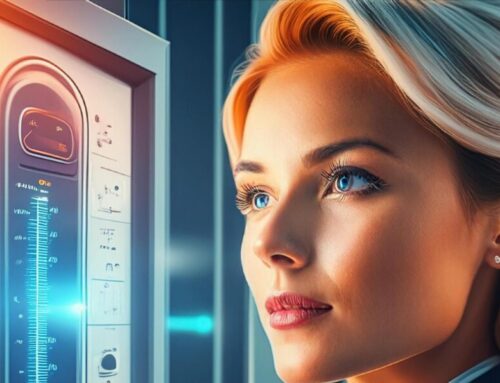Introduction: Navigating the World of Ultra-Low Temperature Environments
In various industries, monitoring ultra-low temperature (ULT) environments play a vital role in safeguarding sensitive materials and equipment. From pharmaceuticals and biotechnology to scientific research and cryogenic storage, maintaining precise temperature control within these environments is critical for ensuring the integrity and efficacy of stored items. However, the inherent challenges associated with maintaining optimal temperature control in ULT settings necessitate the use of reliable temperature monitoring solutions. This comprehensive guide delves into the world of Ultra-Low Temperature Monitoring Tools (ULTs), providing professionals with a deeper understanding of their functionalities, benefits, and applications across diverse industries.
Unveiling the Power of Monitoring ULT’s: Essential Functionalities and Advanced Features
Core Functionalities of monitoring ULT’s:
- Continuous Device and Temperature Monitoring and Recording:
ULT’s are equipped with sophisticated sensors that continuously monitor and record devices data within the Ultra Cold environments. This real-time data collection is crucial for maintaining optimal control and ensuring that temperature fluctuations are identified and addressed promptly. Additionally, historical data analysis enables users to identify trends, optimize ULT conditions, and proactively mitigate potential risks.
*Data Logging and Analysis:
Modern ULT’s possess the capability to record and store extensive device and temperature data over extended periods. This data logging feature provides a valuable record of ULT history, facilitating compliance with regulatory requirements and enabling comprehensive data analysis. Advanced reporting tools empower users to visualize trends, analyze patterns, and identify areas for improvement in storage conditions.
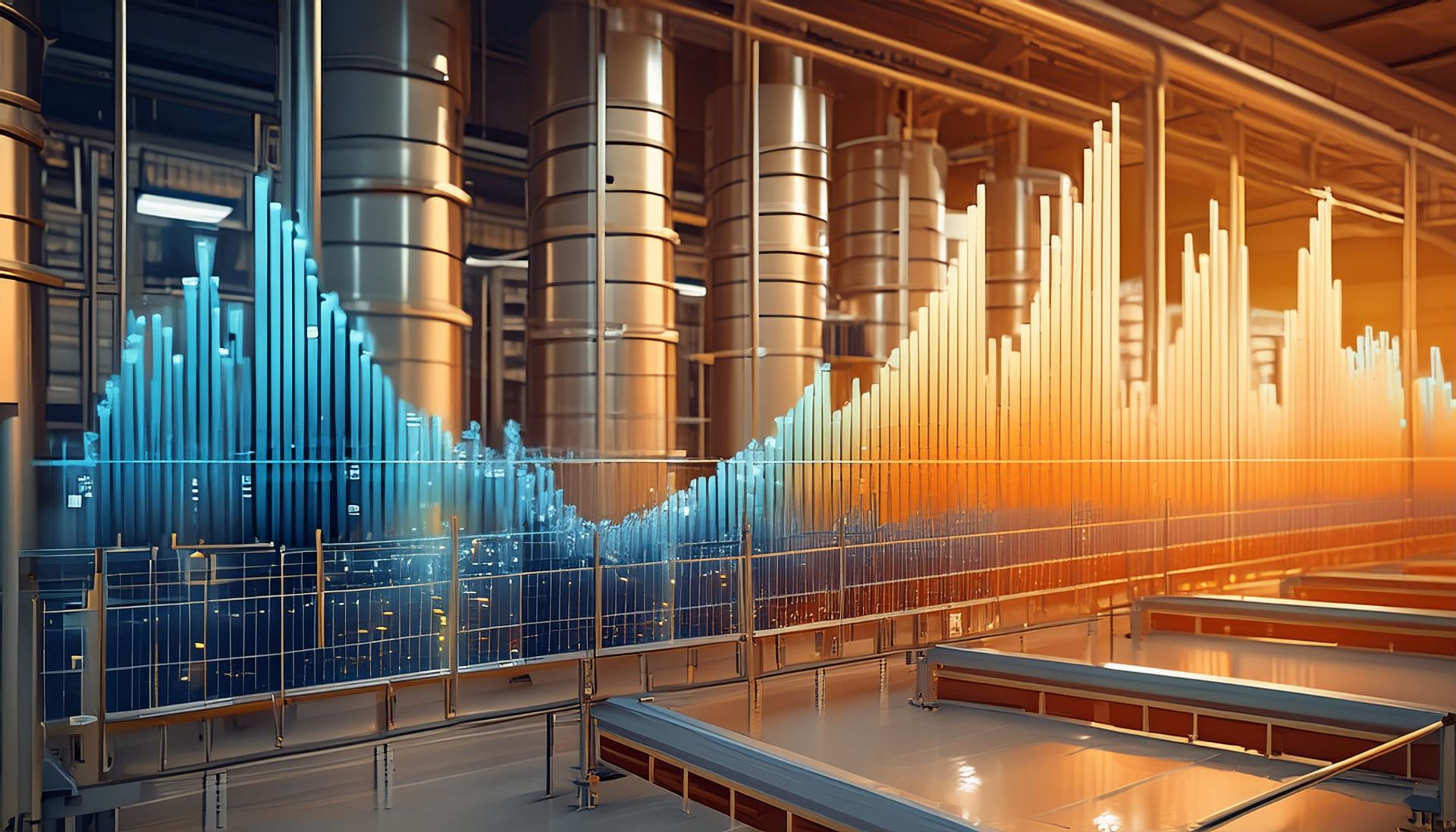
*Configurable Alarm Systems and Alerts:
In the event of temperature deviations exceeding preset thresholds, configurable alarm systems and alerts provide immediate notifications to users. These alerts can be customized to include various notification methods, such as email, SMS, and visual indicators, ensuring timely intervention and minimizing potential damage to ULT devices.
*Remote Access and Connectivity:
Modern monitoring often boasts remote access capabilities, allowing users to monitor conditions and receive alerts from any location with internet access. This feature enhances operational efficiency by enabling users to manage multiple ULT’s remotely and respond to critical events promptly, regardless of their physical location.
Advanced Features of Modern ULT monitoring:
- Data Security and Compliance:
With the growing importance of data security and compliance, modern ULT’s prioritize secure data storage and encryption. This ensures that sensitive temperature data is protected from unauthorized access and meets the stringent requirements of various industries, such as recovery, pharmaceuticals and biotechnology.
User-friendly Interface and Reporting:
Monitoring systems are increasingly designed with intuitive interfaces and user-friendly reporting tools. This facilitates easy data visualization and analysis for users of varying technical expertise, empowering them to effectively manage and interpret temperature data without requiring specialized training.
*Integration with IoT and Cloud Platforms:
The integration of monitoring with IoT and cloud platforms is a growing trend, enabling seamless data management and enhanced accessibility. Cloud-based solutions facilitate centralized data storage, remote access, and real-time data analysis, promoting collaboration and informed decision-making among stakeholders.
*AI-powered Data Analytics for Predictive Modeling:
Artificial intelligence (AI) is transforming the field of temperature monitoring, with AI-powered data analytics playing an increasingly prominent role. By analyzing historical temperature data, AI algorithms can identify potential deviations and predict future trends, enabling initiative-taking measures to prevent costly losses and ensure the integrity of devices.
Benefits of Implementing Monitoring: Enhancing Safety, Security, and Operational Efficiency
Enhanced Safety and Security:
- Minimizing the Risk of Device Excursions:
Monitoring plays a critical role in safeguarding sensitive materials and equipment from damage caused by device or temperature excursions. By continuously monitoring devices and temperature and providing immediate alerts in case of deviations, monitoring minimize the risk of downtime, product degradation and costly losses.
Ensuring Product Integrity:
Maintaining optimal equipment and temperature control is essential for preserving the integrity of sensitive, products, such as vaccines, biologics, and pharmaceuticals. Monitoring ensures that all products and services are stored within the required operating and temperature ranges, preventing degradation and ensuring their efficacy and safety.
Improved Data Integrity and Regulatory Compliance:
- Accurate and Reliable Data Logging:
Monitoring provides accurate and reliable data logging, ensuring compliance with strict regulatory requirements in various industries. This data integrity is crucial for maintaining auditable records and demonstrating adherence to quality standards.
Facilitating Accurate Data Analysis:
Comprehensive data analysis is essential for device integrity, research and development, quality control, and regulatory compliance. Monitoring ULT’s facilitates accurate data analysis by providing detailed records and advanced reporting tools, enabling researchers and quality assurance professionals to make informed decisions based on reliable data.
Reduced Operational Costs:
- Early Detection and Prevention of Deviations:
By continuously monitoring and providing immediate alerts in case of deviations, monitoring helps prevent product integrity and equipment damage. This reduces operational costs associated with product replacement, equipment repair, and waste disposal.
*Optimizing Storage Conditions:
Monitoring enables users to optimize conditions by providing detailed data and analysis tools. This optimization can lead to reduced energy consumption, lower operating costs, and a more sustainable approach to controlled environments.
Increased Efficiency and Productivity:
- Remote Access and Automated Alerts:
Remote access capabilities and automated alerts free up valuable time for researchers, technicians, and other personnel. This increased efficiency allows them to focus on other critical tasks while ensuring that sensitive materials are continuously monitored and protected.
Eliminating Manual Temperature Checks:
Monitoring eliminates the need for manual checks, streamlining processes and maximizing efficiency. This automated monitoring ensures that conditions are consistently maintained within the required range, reducing the risk of human error, and improving overall workflow.
Applications of Monitoring: Diverse Industries, Diverse Needs
Pharmaceutical, Biotechnology and Cryotherapy Chambers:
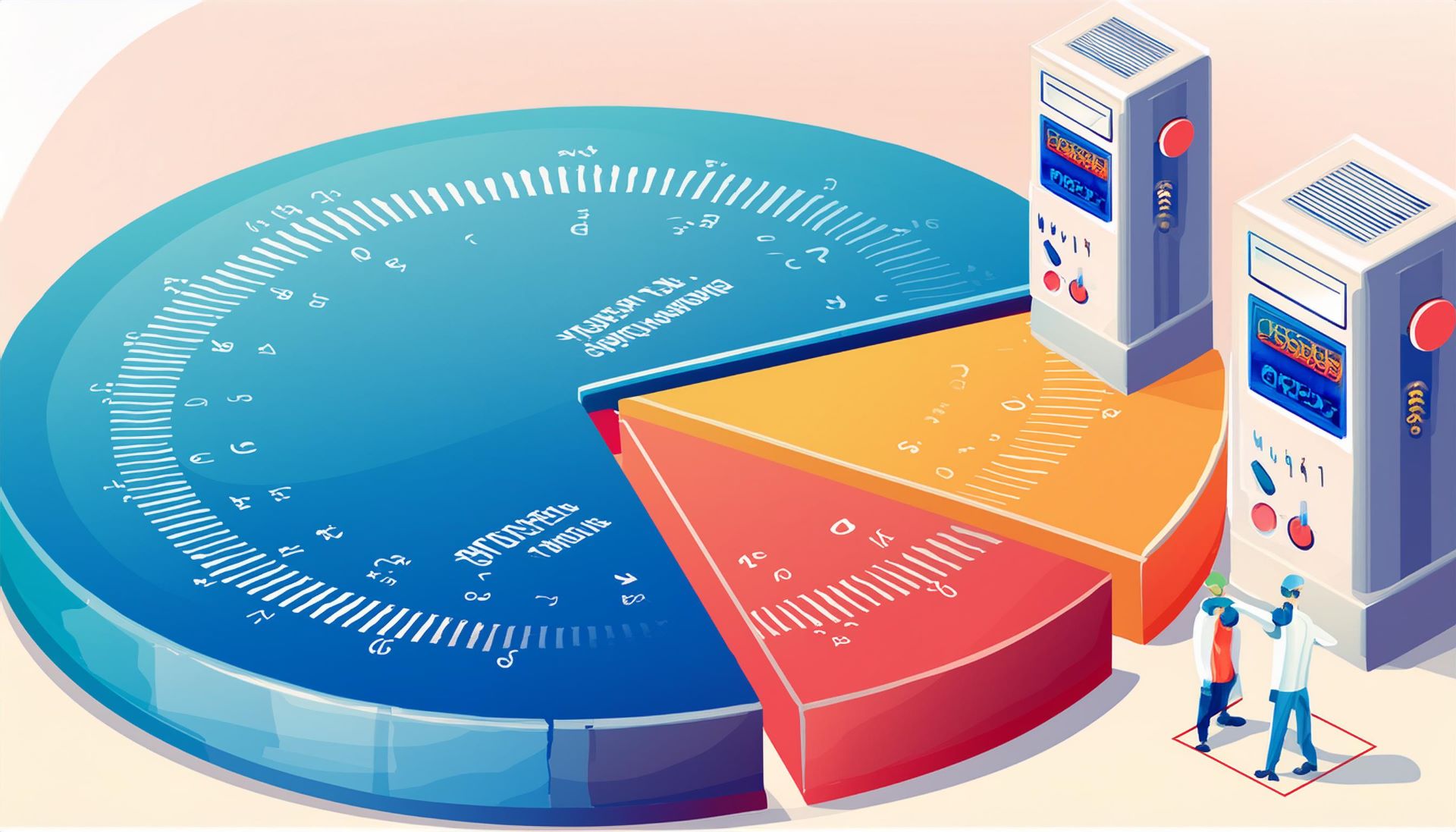
In the ULT, pharmaceutical and biotechnology industries, monitoring plays a crucial role in maintaining the integrity and efficacy of machines, vaccines, biologics, and other sensitive pharmaceuticals. By continuously monitoring during storage, transportation, and production, monitoring ensure that these critical products are kept within the required ranges, preventing spoilage and maintaining their potency.
Scientific Research:
- Safeguarding Biological Samples, Cell Lines, and Reagents:
Scientific research relies heavily on the use of biological samples, cell lines, and reagents, which are often extremely sensitive to temperature fluctuations. Monitoring provide a reliable solution for safeguarding these critical research materials by maintaining precise temperature control and preventing degradation or contamination.
Cryogenics and Recovery:
- Maintaining the Integrity of Recovery Chambers and Cryogenically Preserved Materials:
Cryogenic and recovery chamber monitoring is essential for therapeutic recovery and preserving biological materials, such as stem cells, genetic samples, and biological tissues, at ultra-low temperatures. Monitoring is specifically designed to maintain the integrity of devices and materials by providing stable and reliable control, ensuring their long-term viability and preservation of materials and recovery chambers.
Food and Beverage Industry:
- Ensuring Proper Control within Cold Storage Facilities:
The food and beverage industry relies on cold storage facilities to maintain product quality. Monitoring plays a critical role in ensuring proper device and temperature control within these facilities by continuously monitoring and providing alerts in case of deviations. This helps to minimize waste and ensure the safety and quality of devices and products.
- Cold Therapy Devices for Bio-Hacking and better health and wellness:
Monitoring ULT devices in this growing field of therapeutic conditioning is critical to recovery and well-being. These devices are monitored for long use and control of ancillary applications such as sound, temperature, lighting and other critical controls. Monitoring is essential to ensuring the integrity of the ULT device over time because of their high and long use application.
Conclusion: The Future of Ultra-Low Temperature Monitoring: Innovation and Advancement
The field of monitoring is constantly evolving, with modern technologies and advancements emerging at a rapid pace. As we look to the future of monitoring, we can expect to see continued innovation in the areas of:
- Artificial Intelligence (AI) and Machine Learning: AI-powered data analysis will play an increasingly vital role in predictive modeling, proactive risk management, and automated decision-making. *Internet of Things (IoT) and Cloud Integration: The integration of monitoring with IoT and cloud platforms will enable real-time data sharing, remote monitoring, and enhanced collaboration among stakeholders. *Wireless and Battery-powered Solutions: Wireless and battery-powered monitoring will offer greater flexibility and mobility for data collection in remote or hard-to-reach locations. *Smart Sensors and Probes: The development of advanced sensors and probes will improve accuracy, data granularity, and real-time insights into environmental conditions within ULT environments.
By embracing these advancements, monitoring ULT devices will continue to play a vital role in safeguarding materials and equipment across diverse industries. As the demand for reliable and efficient monitoring solutions continues to grow, monitoring will undoubtedly evolve to meet the evolving needs of professionals and ensure the integrity and efficacy of sensitive ULT assets for years to come.
